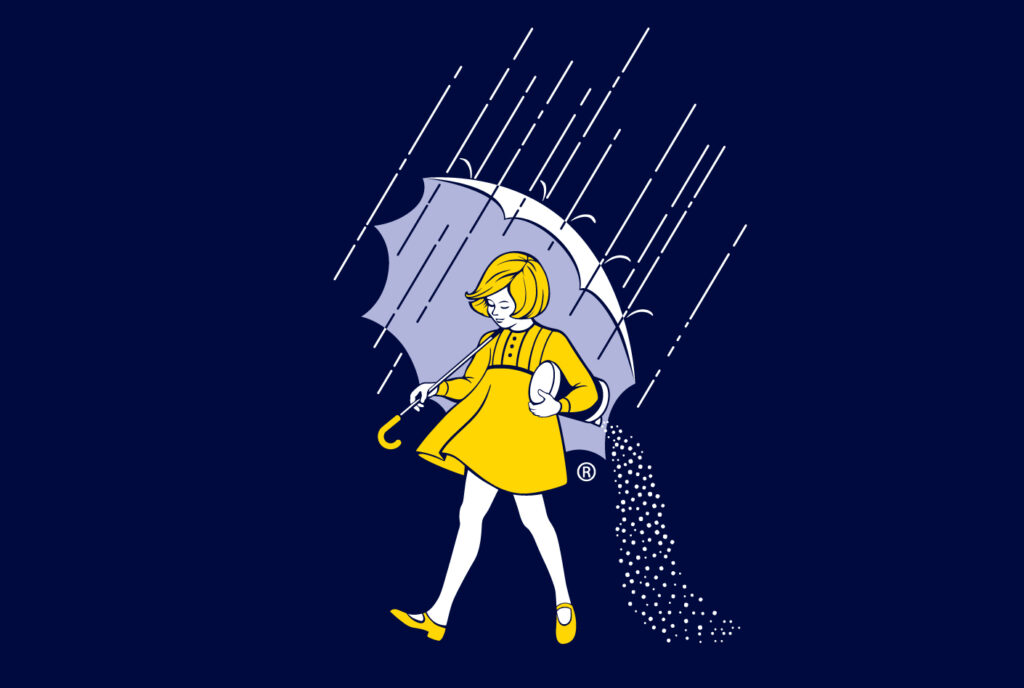One of my least favorite things about aging is insomnia that periodically plagues me ever since having children. Maybe it’s because mothers always have “one eye open” to keep watch over their young, but let’s just say it’s for the birds and I don’t like it one bit.
When I was younger, I did not appreciate the ease of sleep enough–how I could get a fully caffeinated coffee or tea at 10 p.m. in the Furman library and still happily drift off an hour later. I would then sleep through the night and possibly through three rounds of alarm snoozing.
One of my tools for combatting insomnia is reading something informational and…ahem…dry. And so, I have been reading Salt: A World History for maybe two years now. (I apologize if you have found the book titillating).
While there have been moments of true interest in the story, it mostly reads like a history text. The author uses salt as a lens to understand the growth of civilization, and I have arrived at the part of the book that focuses on the 1900s and the industry-dominant Morton Salt.
This section did not help my insomnia when I read it a few nights ago because I was fascinated by the recounting of the origin story of one of our culture’s most iconic brand identities.
As a marketer, I wanted to share the story of the Morton Salt emblem because I did not know its origin and found it to be incredibly clever. Have you ever wondered why the Morton Salt girl is walking through the rain and what that has to do with salt?
This is a story of extremely intelligent advertising and a cautionary tale about the importance of keeping all your ideas on the table even if you aren’t sure whether it is “good” or not.
You see, there was a problem with table salt in the early 1900s. If it encountered any modicum of moisture, it would clump and no longer flow freely. I can still remember my grandmother always adding rice grains to our salt shakers at the beach to combat the ever-present humidity.
Morton Salt figured out a solution: In 1911, they began adding magnesium carbonate (an anti-caking agent) to create the first free-flowing salt. Later, that changed to calcium silicate for the chemists in the room, but the invention was huge.
The company knew they had a blockbuster product on their hands and looked to advertising agency N.W. Ayer & Company for campaign ideas. N.W. Ayer & Company created 12 concepts and three possible substitutes.
This is my favorite part of the story–the secretary (Joy Morton’s son, Sterling) reached for one of the “back-up” ideas that “showed a little girl holding an umbrella in one hand to ward off falling rain and, in the other hand, a package of salt tilted back under her arm with the spout open and salt running out” (MortonSalt.com).
Sterling said he loved the ad because it explained exactly what the salt would do–it would flow freely even in damp weather. The backup, substitute idea became THE idea.
After debate over the accompanying slogan, the company settled on the now-famous, “When it Rains It Pours.”
It’s so simplistic, so obvious, and so timeless.
The Morton Salt girl has kept up with the times, with adaptations of hairstyles and dresses to stay fashionable. In 2014, it was her 100-year birthday and she was updated one more time as the face of the brand.
At TealHaus, we have read and ascribed to some of the key tenets of Donald Miller’s StoryBrand approach to marketing. The most crucial element is identifying the problem your customer has and how your company is going to solve it. That is exactly what Morton Salt (with the help of their advertising partner) did with the development of this campaign.
And for 100 years, it has worked.
Creatively written by
Kate Dabbs

